LIVE - Rebellion Reads Posts
History and Evolution of Tattoo Needle | Tattoo Equipment Evolution Pt. 1
The Evolution of Tattoo Needles
There is a common misconception in the tattoo industry regarding tattoo needles and tattoo cartridges. To clear up this confusion, we need to go back in time and explore the evolution of the tattoo needle and understand the differences between various types. I’ll walk you through the history of tattooing with a focus on needle sizes.

History of the Tattoo Needle
Tattooing began as one of humanity’s earliest art forms. Just as early humans decorated cave walls, they also marked their skin by embedding pigment beneath the surface.
Archaeologists have uncovered tattooed, mummified bodies dating back more than 5,000 years. These discoveries span across cultures — from Siberia and Egypt to China, Japan, Africa, and the Americas — proving that tattooing is a universal human practices (National Geographic).

Early Tattoo Needle and Tools
Early civilizations used rudimentary tools for tattooing. Scientists believe they used sharp bones, wood, or stones. Later, metal tools emerged, offering finer control and different needle sizes.
Ancient artists practiced scarification, one of the earliest forms of body art.. When a sharp tool penetrates deep into the skin, the marks heal as raised scars.
Scarification also inspired the modern tattoo-related art form called body modification. Artists must have medical skills to perform precise skin drafts in particular design patterns, often using a scalpel to create an open wound that is not stitched. This wound heals into raised scar tissue, forming the desired design pattern, whether readable words, geometric shapes, or other artistic designs. These artists also perform surface implants, embedding foreign objects under the skin to push the skin up into specific artistic patterns.

The difference between tattooing and scarification is that with tattooing, we inject pigment under the skin. Scarification, on the other hand, creates art through the texture of the skin itself, rather than pigment.
Evolution of Tattoo Needles and Techniques
As civilizations advanced, so did tattooing equipment. From sharp bones to rudimentary metal tools, each improvement allowed artists to create more detailed artwork.
Needles, originally designed for sewing, were ideal for tattooing due to their shape and strength. Early needles were not hollow, so they couldn’t hold ink — they had to be dipped manually into pigments, mostly black, for each puncture.
Today, we call these pigments tattoo ink. The process was painstaking: one dip, one poke. As tattooing evolved, civilizations developed methods to improve the efficiency and precision of their needles.
This ancient technique still exists, known as hand-poke or stick-and-poke tattooing. In Southeast Asia and the Philippines, for example, traditions like Batok are still practiced, using tools like wooden sticks or natural implements and inks made from soot or ashes. Hand poke tattooing relied on soot, ash, or natural pigments, a sharp contrast to today’s professional REACH-certified inks like REBEL Black Tattoo Ink. In countries like Thailand, Myanmar, and Cambodia, skilled artists continue this tradition, often using bamboo or metal rods to tap ink into the skin. This practice preserves cultural heritage and reflects a deep dedication to keeping these traditions alive.

Modern Tattoo Needle and Machine
This innovation became popular among sailors in the 1800s, leading to a style known today as “traditional tattooing.” Norman “Sailor Jerry” Collins, a renowned tattoo artist, played a pivotal role in popularizing this style. His designs featured bold lines, simple solid colors, and iconic imagery such as anchors, swallows, and pin-up girls. These elements have become hallmarks of the traditional tattoo aesthetic.
In 1800, Italian physicist Alessandro Volta laid the groundwork for understanding electricity, which centuries later made electric machinery possible. Building on those discoveries, on December 8, 1891, American tattoo artist Samuel F. O’Reilly was granted U.S. Patent No. 464,801 for the first electric tattoo machine — a modification of Thomas Edison’s electric pen.
These early tattoo machines operated using coils, which generated an electromagnetic field that moved a part called the armature bar. The new type of needle-on-bar was fastened to this bar, allowing the soldered needles to move up and down. Artists relied on coil machines as the standard method for tattooing until the 2010s, when rotary tattoo machines entered the market. To operate these machines effectively, new types of tattoo needles were required. Artists began soldering short needles onto metal bars, creating the modern tattoo needle as we know it today.

This innovation also influenced sailor tattoos. In the 1800s, sailors adopted this technique, leading to the traditional tattoo style we know today: bold lines, simple solid colors, and iconic imagery. Norman “Sailor Jerry” helped popularize these designs, which remain a foundation of modern traditional tattoo aesthetics.
Safety Tattoo Cartridges and Modern Needles
As the tattoo industry evolved, the tattoo needle evolved as well. Since the early 1990s, traditional needle-on-bar designs could no longer keep up with the new rotary machines. The introduction of rotary machines required a new system for needles, leading to innovations like today’s REBEL Tattoo Cartridges.

This innovation confused many in the industry because the device no longer fits the traditional definition of a ‘needle. The plastic housing encases the sharpened needle pin, and inserting the cartridge into the tattoo machine exposes the tip only when the artist operates it. This design is why it is called a “safety tattoo cartridge.” The extremely sharp needle tip remains safely retracted until the machine is running, minimizing exposure to bloodborne pathogens.
Beyond this revolutionary safety feature, rotary machines are quieter, allowing both the client and the artist to converse comfortably during the tattoo session.
Conclusion
From ancient scarification rituals to modern tattoo cartridges, the evolution of tattoo needles demonstrates humanity’s enduring desire to mark the skin with art and meaning. Each stage – from bone tools to coil machines, and now to safety cartridges – reflects cultural values, artistic innovation, and the continuous drive for safer, more precise tattooing.
Want to continue this study? Read Tattoo Equipment Evolution – Part 2
◦ Caesar The Hun
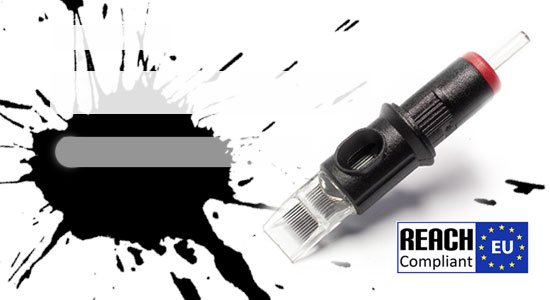


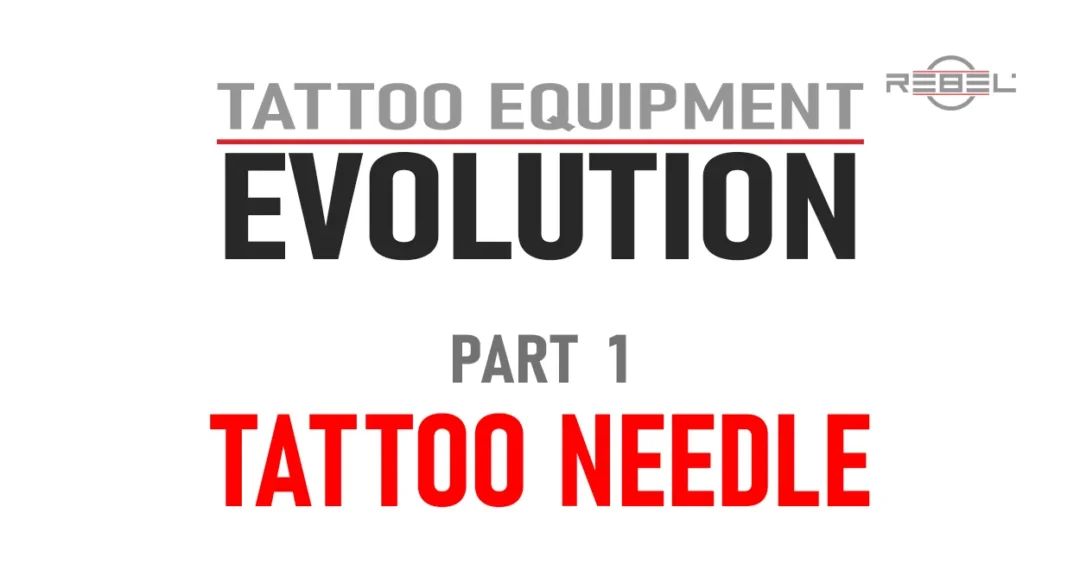
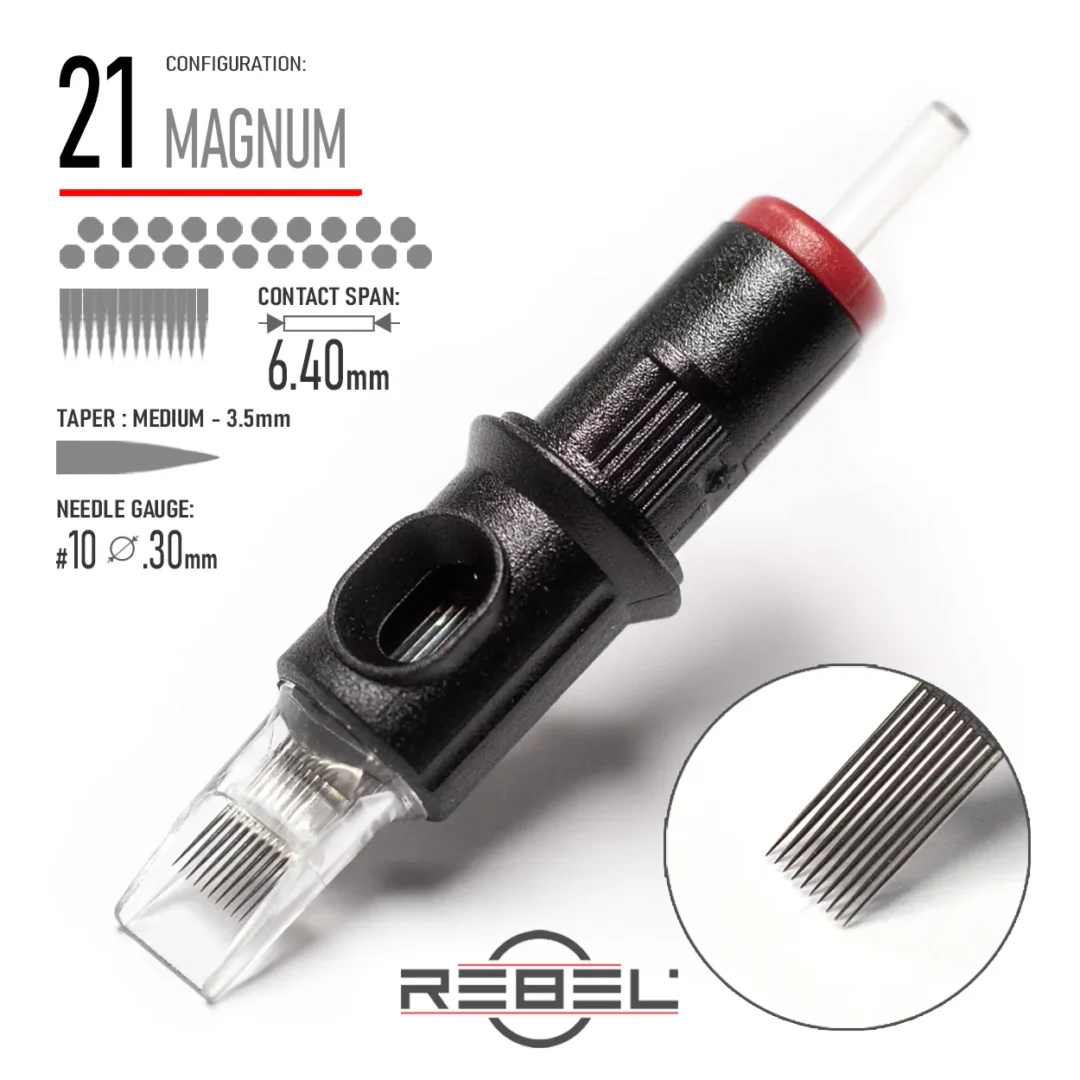
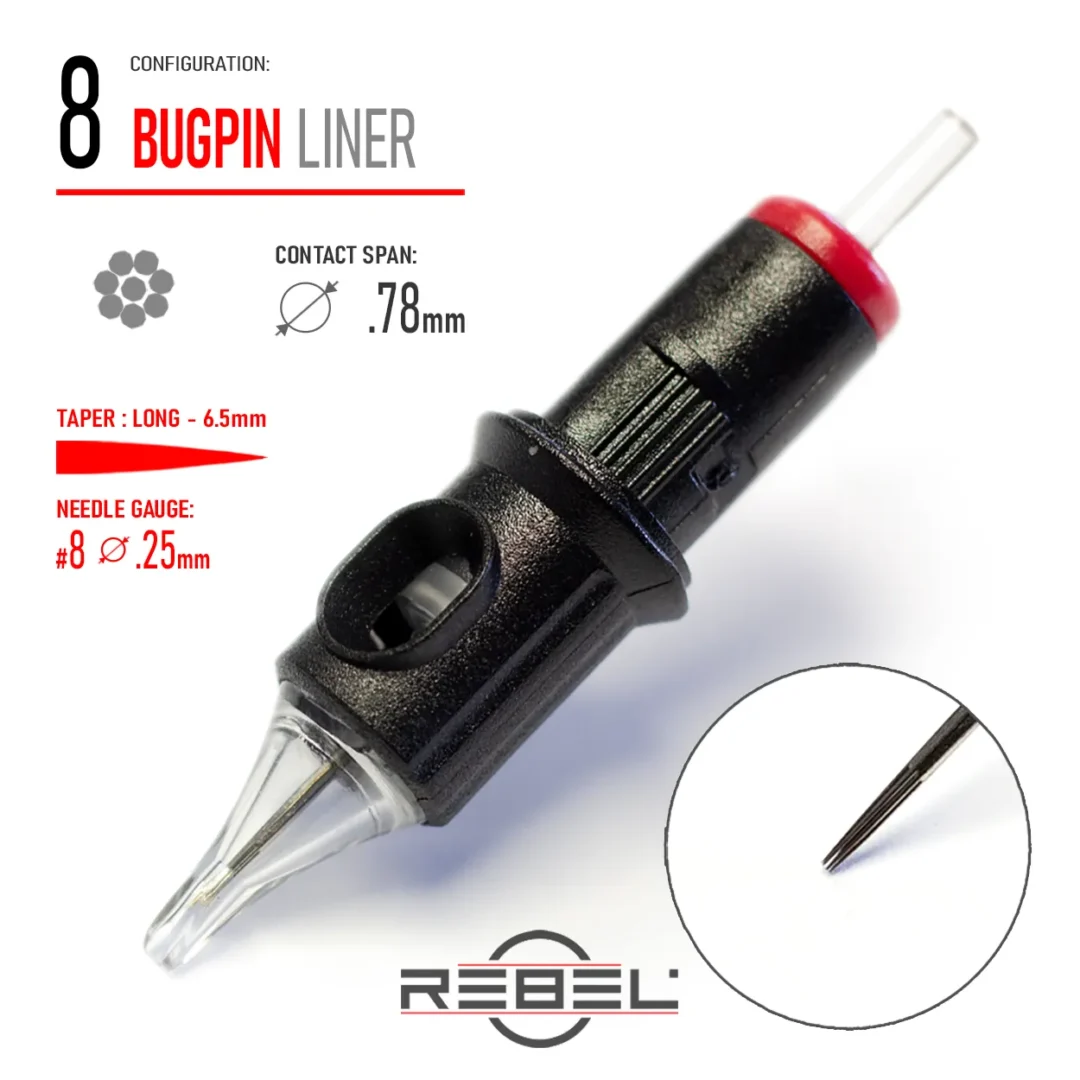
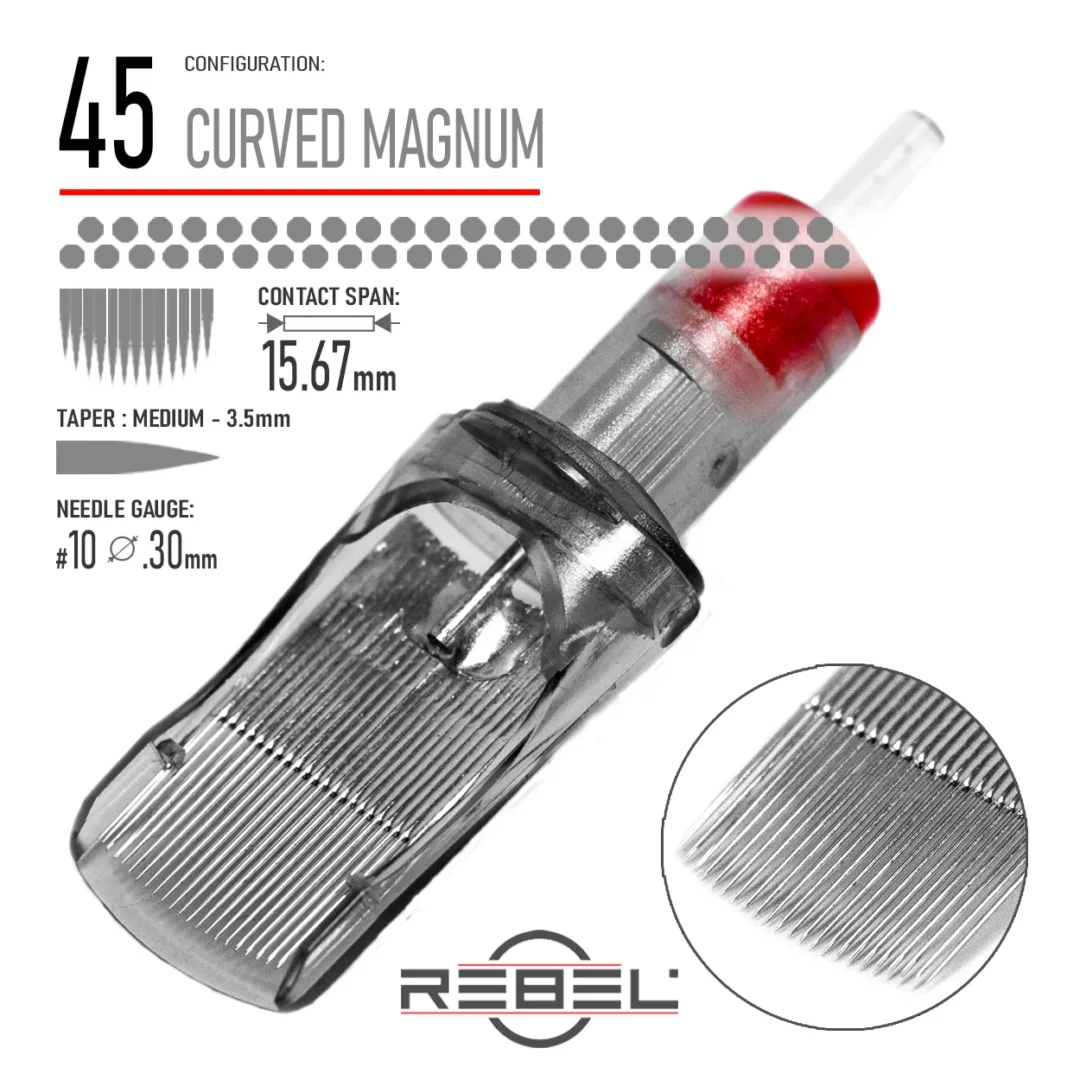

The history of the tattoo needle is a reminder of how far our craft has come. From bone and stone to precision-engineered tools, every step shaped the art we create today. At REBEL, we’re proud to continue that evolution with equipment designed for safety, performance, and respect for the skin.